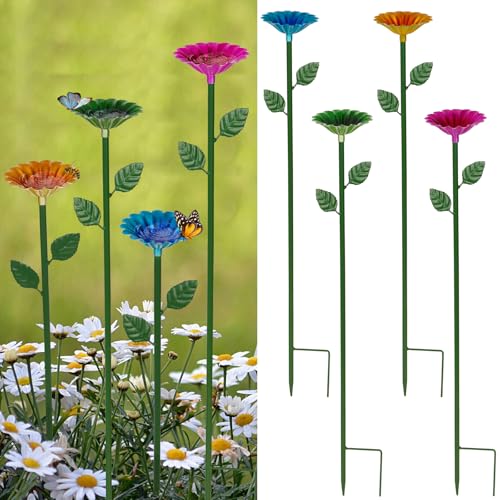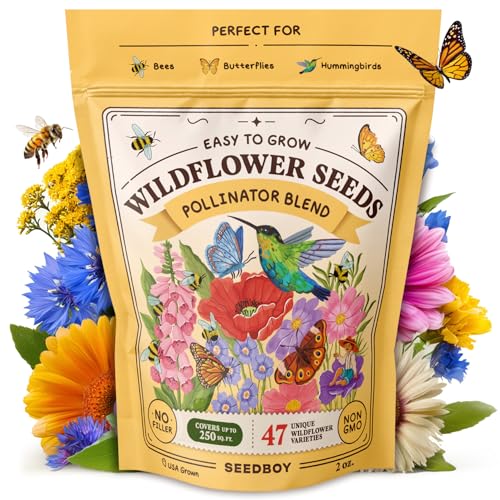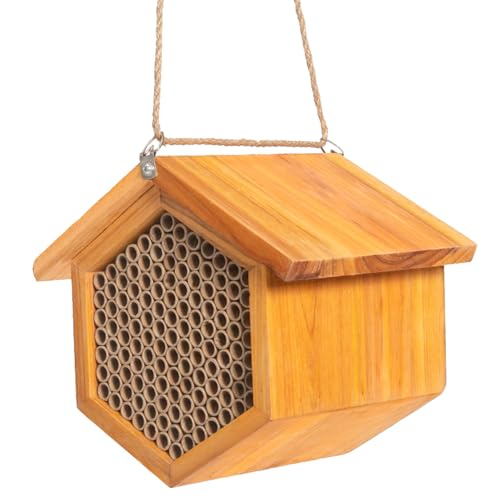Growing these 5 plants in your yard is one of the worst things you can do for pollinators, according to a professional ecologist – why they cause more harm than good, and what to plant instead
Some of these plants are toxic and can even kill pollinators that come into contact with them
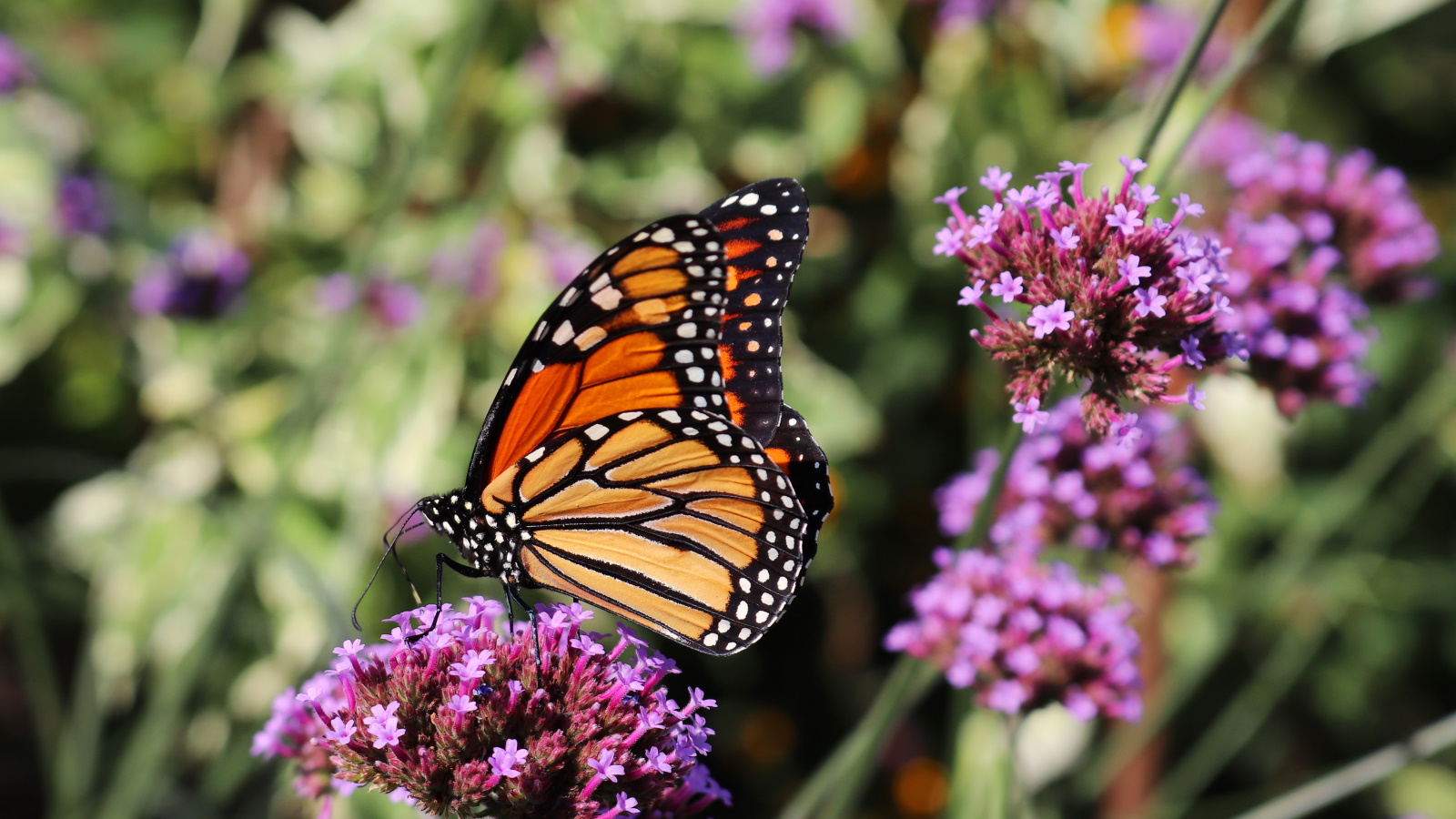
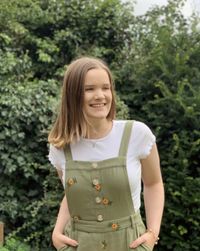
When everything is in bloom in the spring and summer, it's a joy for us gardeners to watch wildlife enjoy our flowers just as much as we do. Pollinators buzz between plants to feed on nectar and collect pollen, reminding us our backyards are a vital resource for them. However, it would be a mistake to assume any and all flowers are beneficial to these critters. In fact, there are some worst plants for pollinators that should be avoided if you intend to create a pollinator-friendly patch in your garden.
Plants for pollinators are typically those rich in nectar and with open flowers that make it easy for bees, butterflies, and others to access. By comparison, the worst plants for pollinators aren't such a rich source of nectar, the pollen may be toxic, and the flowerheads tend to be a bit more complex for them to navigate.
It can often be hard to know by just looking at a plant if it's one to avoid in your garden for pollinators, which is why I've enlisted the help of biologist and garden expert Aidan Charron. He outlines the five worst plants for pollinators and explains why they aren't the best choices if you wish to welcome these beneficial insects to your yard.
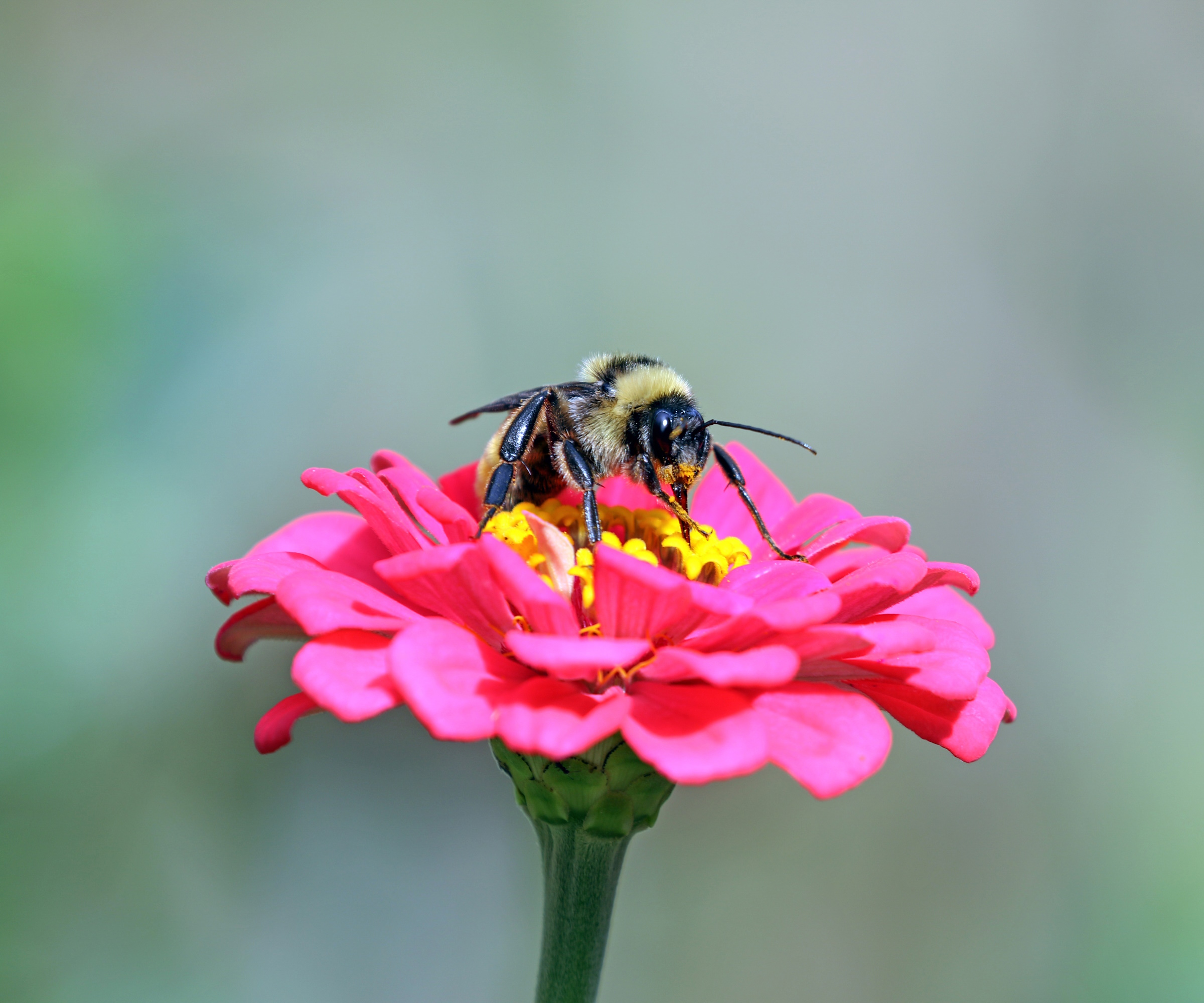
5 worst plants for pollinators
As well as those on the list of worst plants for pollinators, it's also best to avoid an invasive plants that can take over your yard and hinder the biodiversity within it. Instead, opt for native planting to support pollinators.
1. Cucurbits
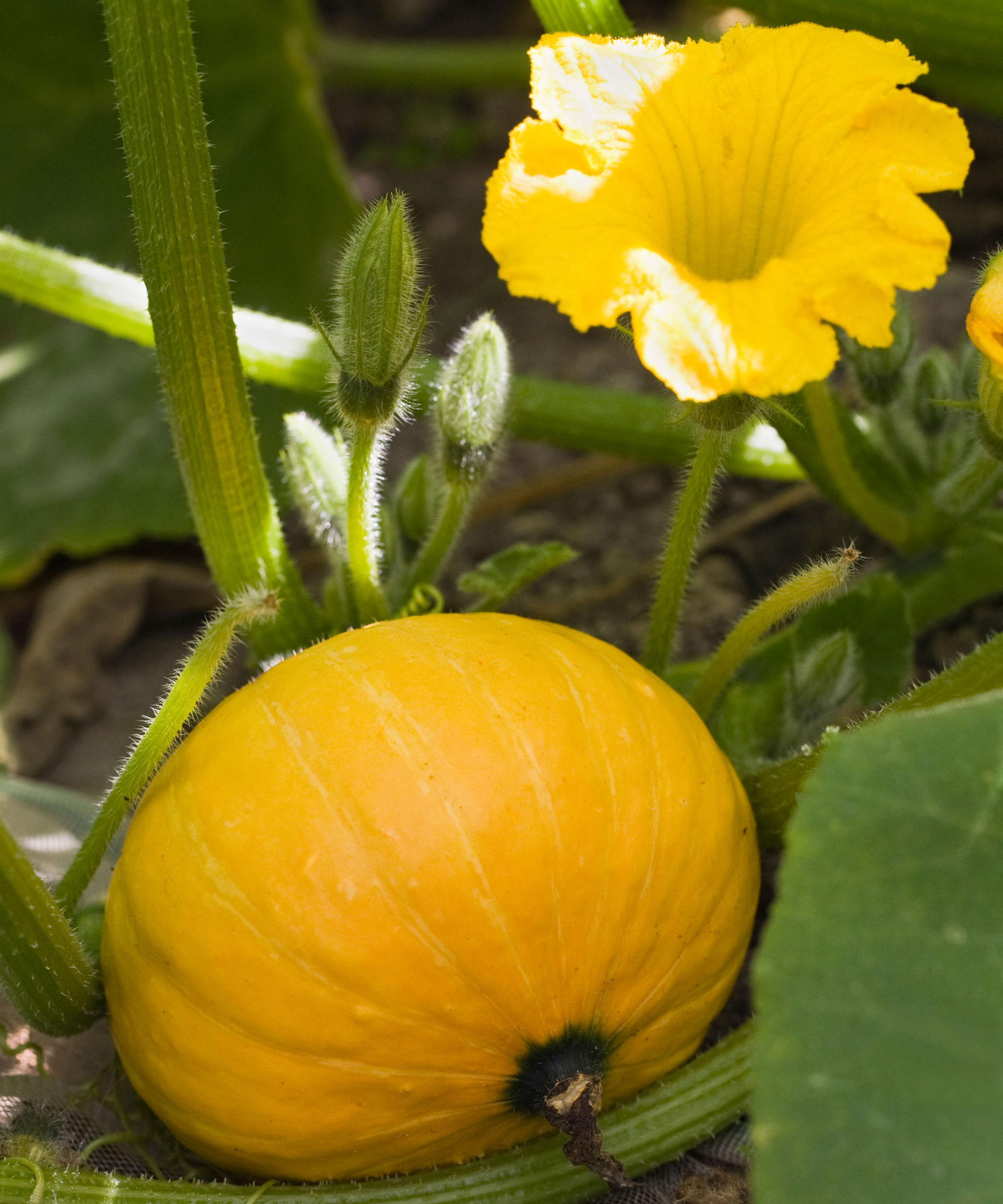
You may find it surprising to see a kitchen garden plant on the list of worst plants for pollinators, but the the cucurbit family can actually cause some harm to many of these insects.
'Not many realize the pollen of cucurbit plants (cucumber, squash, pumpkins) is often toxic to most bees if they consume it in large quantities,' Aidan explains.
'Really, only specialist types of bees known as squash bees can safely forage on them, and without these specialist bees, cucurbits receive little to no effective pollination,' he continues.
Design expertise in your inbox – from inspiring decorating ideas and beautiful celebrity homes to practical gardening advice and shopping round-ups.
This might just be the reason you struggle to get fruit when growing cucumbers, for example. 'You might just not have any squash bees in your yard,' Aidan says.
Consider companion planting, such as with these borage seeds from Burpee, to encourage a presence of squash bees if this is the case.

Aidan is the Associate Director of Global Earth Day and an expert in ecology. He has a Bachelor of Science in Biology, with a concentration in Tertiary and Freshwater studies with a minor in Geographic Information Systems, from the University of North Carolina, Wilmington, and specialises in reducing plastic waste
2. Roses
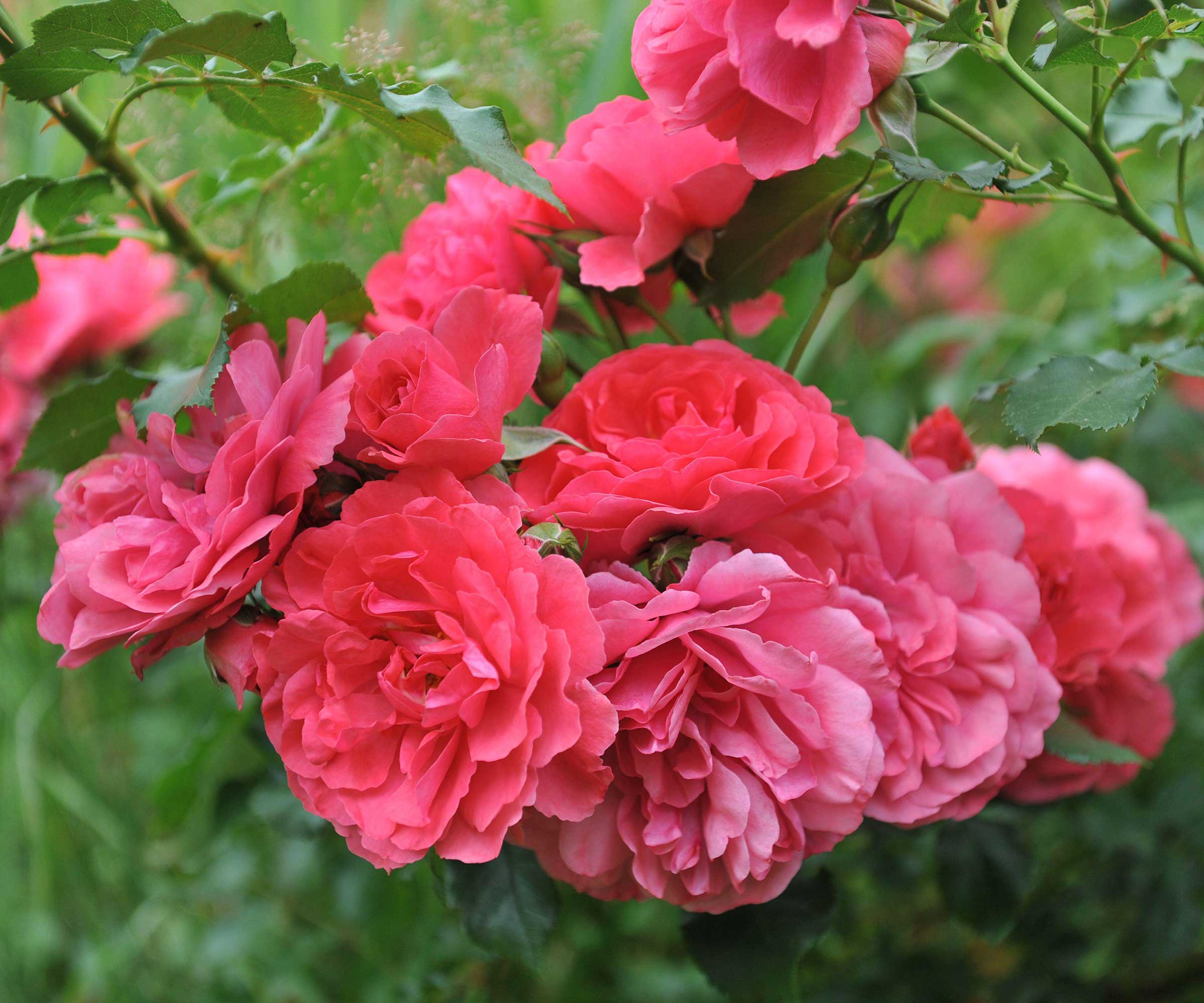
Again, you might be shocked to find roses on this list, but there are some rose varieties that don't support the needs of pollinators. More specifically, it's those ruffled, double roses that block access to nectar.
'Roses can 100% be pollinator-friendly when they are open‑petaled, and easy for insects to navigate. But annoyingly, many hybrid roses have densely packed double petals that block access to nectar and pollen, dramatically reducing pollinator value,' Aidan explains. 'They are literally just too complicated for bees to navigate well.'
Instead, you should opt for roses that fall on the list of flowers that attract bees. These are often single, more open roses, like this Campfire Rose Shrub from Nature Hills or this Sunshine Happy Trails Groundcover Rose from Nature Hills. If you can see the center of the rose, so can the pollinators.
3. Yellow jessamine
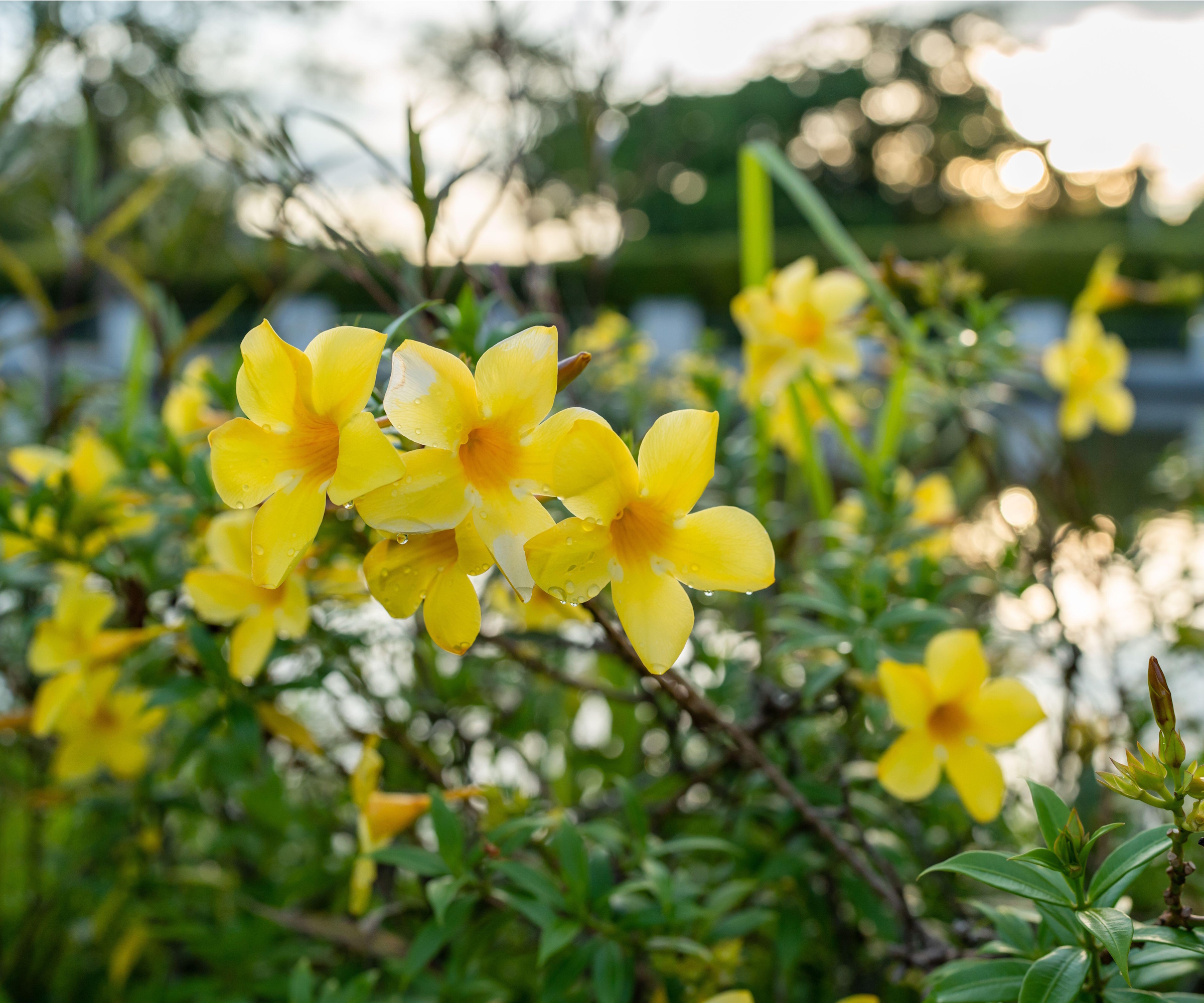
Although a beautiful, bright yellow flower that is likely to attract the attention of a number of beneficial insects, jessamine contains a toxin that can be harmful to pollinators.
'The bright, fragrant blossoms look lovely, and they will attract pollinators but be warned. The flowers contain toxic alkaloids like gelsemine, which can harm honeybees, potentially killing them and other animals that consume them,' says Aidan.
This poisonous plant is therefore better to avoid in your wildlife garden. It may even harm any curious pets who decide to nibble at it.
A better alternative to get the the same bright, fragrant, climbing effect is a honeysuckle vine (see the collection at Nature Hills).
4. Rhododendrons

Another toxic yet stunning bloom is rhododendron. In many areas of the US, it also makes the list of invasive plants to avoid growing in your yard.
Even though they're rich in nectar, these flowers often contain grayanotoxin, another lethal toxin to honeybees and some other pollinating insects. When honeybees consumer this, it can actually lead to the production of what is known as 'mad honey.'
Mad honey is a dark honey that contains grayanotoxin. When consumed by humans in large quantities, it could cause nausea and dizziness, or more serious symptoms.
To avoid this, rather grow hydrangeas (see the hydrangea shrub collection at Nature Hills). These stunning flowering shrubs can provide the same height and coverage as rhododendrons, with a less invasive nature and flowers that support pollinator life.
5. California buckeye
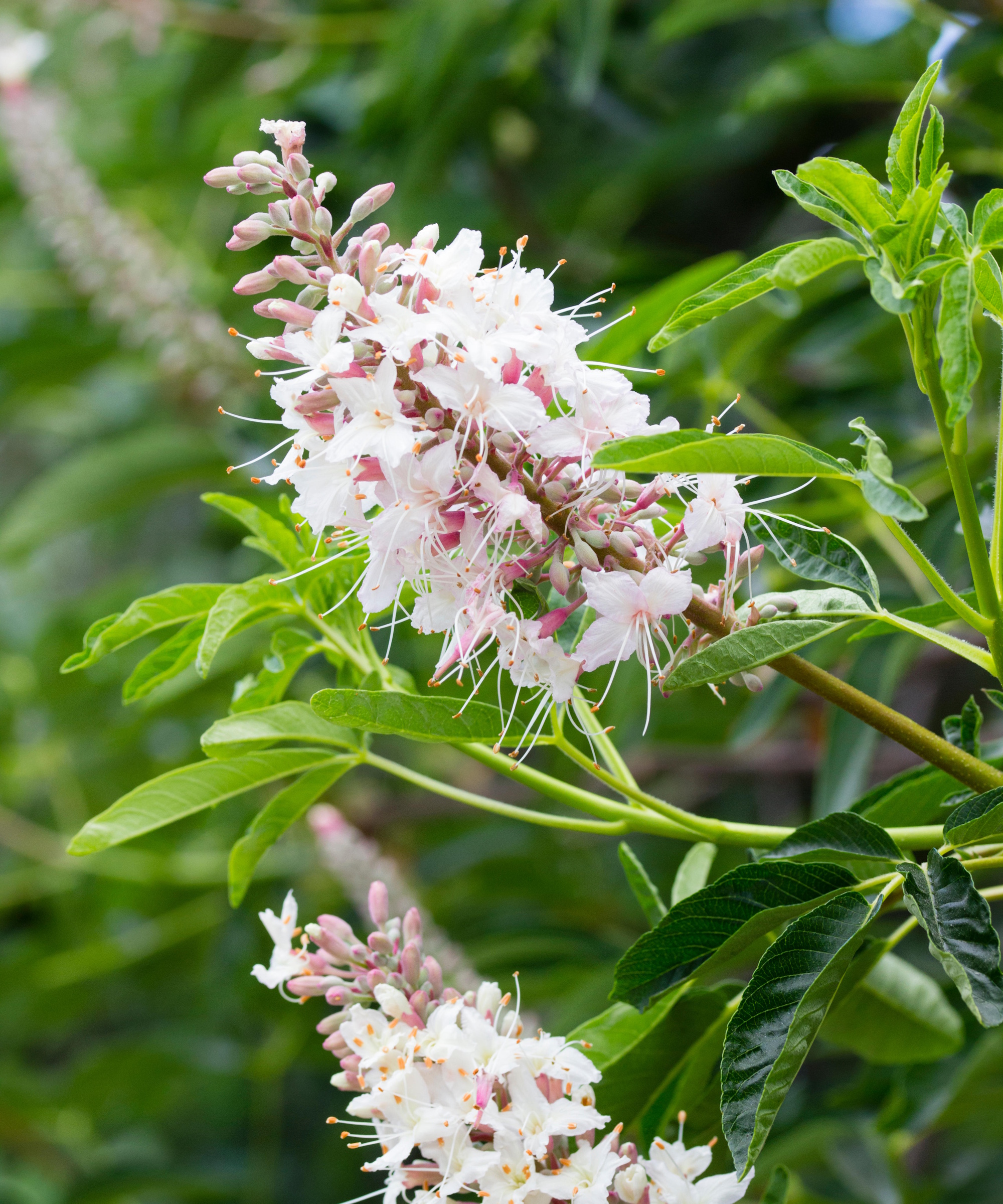
For a tree with spring blossom to avoid if you want to help pollinators, don't plant California buckeye in your yard. This tree has showy cones of white and pale pink blossoms in spring which also offer fragrance. But, although a gorgeous addition to the yard, these flowers are once again harmful to honeybees and other insects.
There are glycosides in the pollen of these blooms, a lethal toxin to many pollinators. It can cause honeybees to become shaky and spin, too, and has the potential to wipe out an entire colony if bees consume stored buckeye pollen later in the year.
An alternative is bottlebrush buckeye (from Nature Hills), which also has panicles of white flowers, but with more wiry petals.
FAQs
Are there any herbs toxic to pollinators?
It's unlikely the plants in your herb garden are toxic to pollinators. In fact, many of them are a valuable resource for bees and butterflies, such as lavender, rosemary, and lemon balm, all of which are rich in nectar and provide plenty of pollen.
If you're looking for ways to help pollinators in your garden, consider planting hedges for pollinators or container plants for pollinators. There are even flowering weeds for pollinators you can leave to grow in your yard.
Shop pollinator-friendly accessories
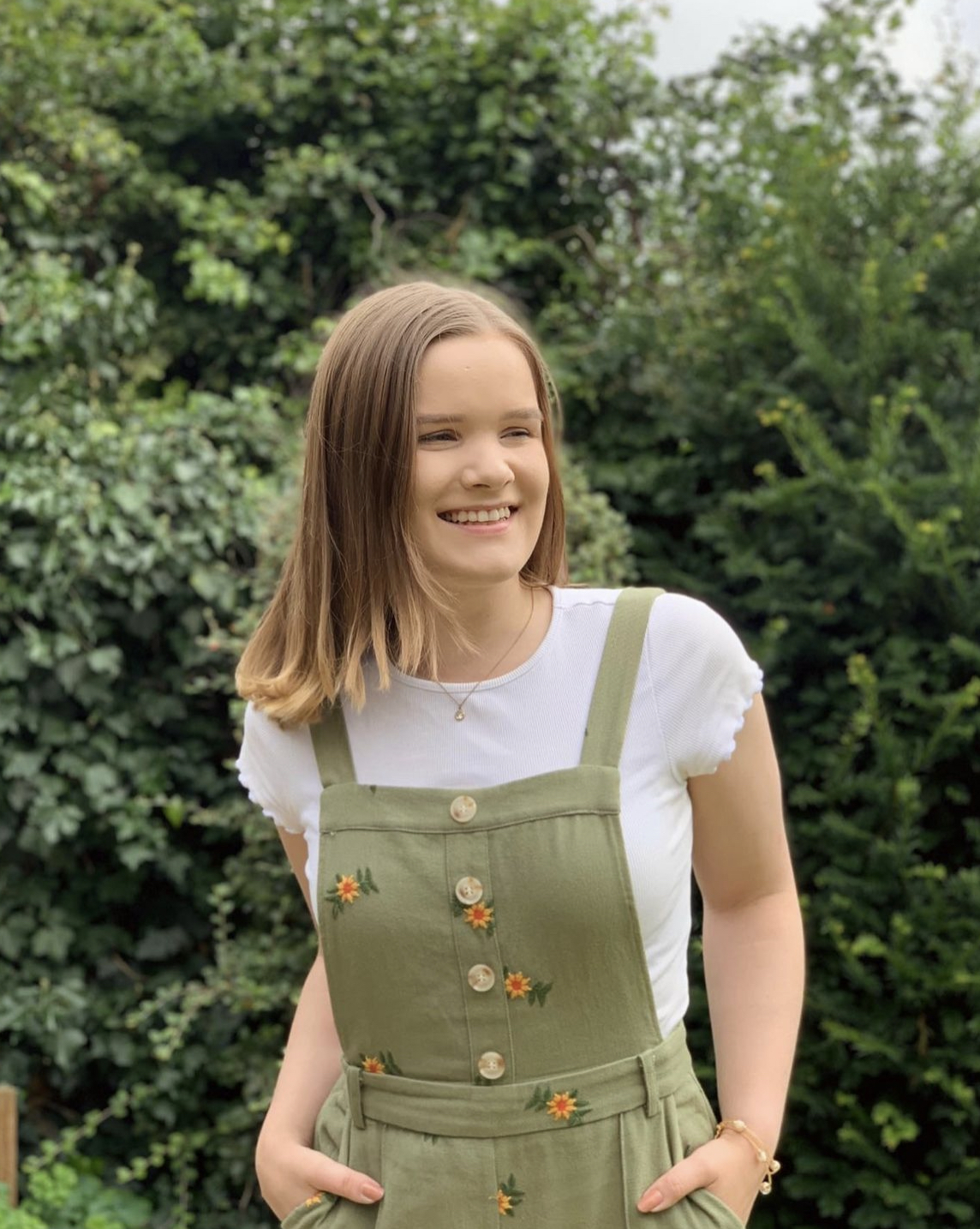
Tenielle is a Gardens Content Editor at Homes & Gardens. She holds a qualification in MA Magazine Journalism and has over six years of journalistic experience. Before coming to Homes & Gardens, Tenielle was in the editorial department at the Royal Horticultural Society and worked on The Garden magazine. As our in-house houseplant expert, Tenielle writes on a range of solutions to houseplant problems, as well as other 'how to' guides, inspiring garden projects, and the latest gardening news. When she isn't writing, Tenielle can be found propagating her ever-growing collection of indoor plants, helping others overcome common houseplant pests and diseases, volunteering at a local gardening club, and attending gardening workshops, like a composting masterclass.
You must confirm your public display name before commenting
Please logout and then login again, you will then be prompted to enter your display name.
